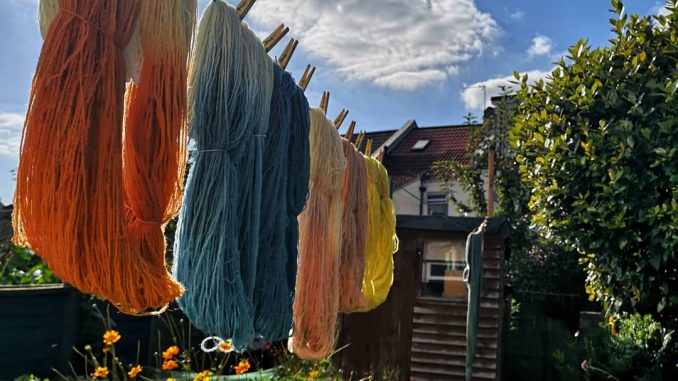
In this second installment of a two-part special on the soil-to-soil textiles movement, we hear from more women spearheading new ways with wool, as Ursula Billington zooms in on an innovative textile community in Bristol.
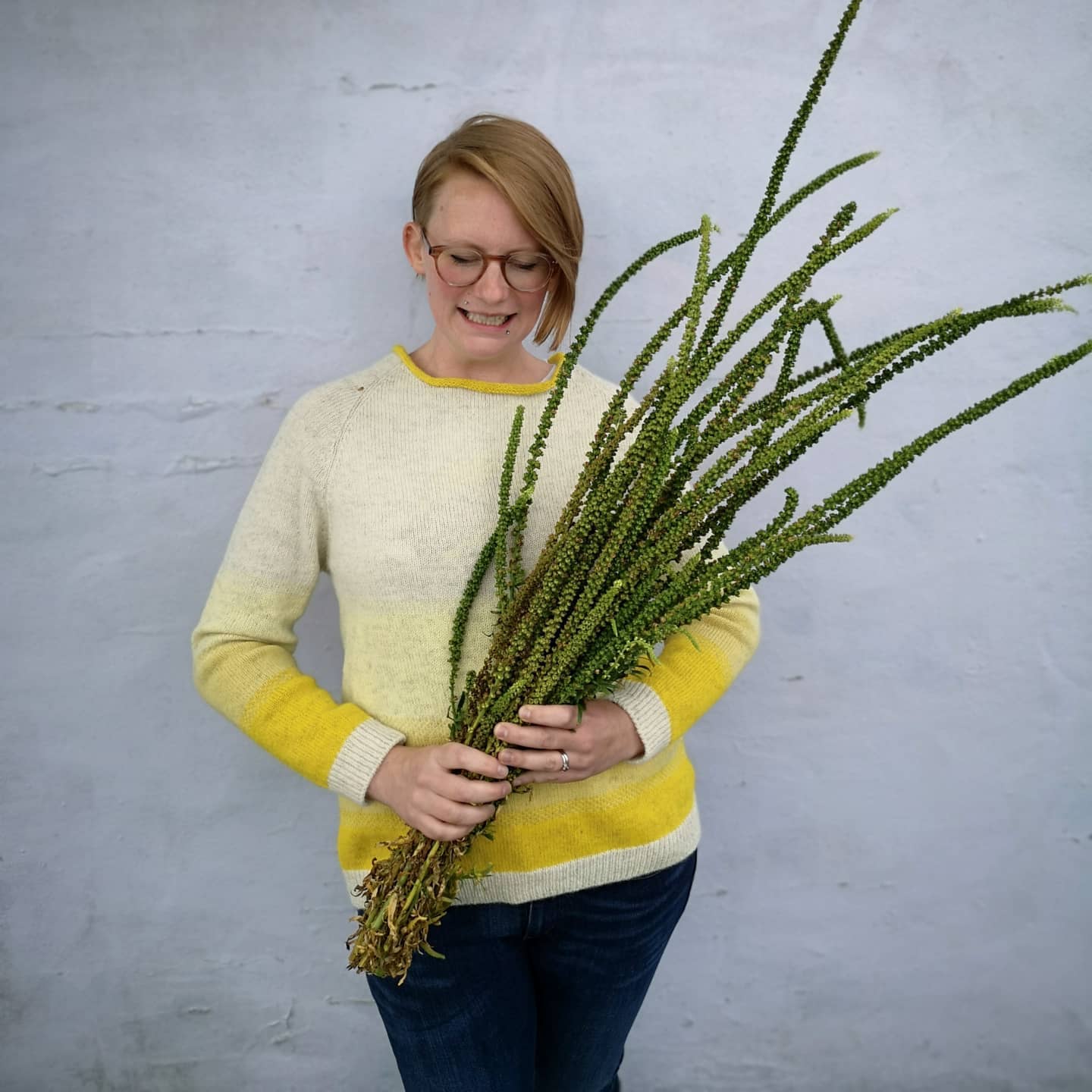
New ways with wool
Bristol-based knitwear producer Ria Burns began developing an interest in sustainable local sourcing and garment production when studying for a degree in fashion design: “I became aware of how bad the mainstream fashion industry is. The UK wool industry is really quite a broken system. I wanted to use British wool and I was constantly trying to get to the source.”
This proved a complicated ambition. Ria found yarn companies were elusive; or, where information was given, it would often be concerning: “You didn’t always get a good answer, or if you did it wasn’t necessarily the one you were expecting! Some products listed as British wool were actually imported merino spun in the UK; or a British fibre had been sent to South Africa to be spun. I was surprised that’s allowed to be called a British product.”
Wool textiles were historically central to the British economy, but the contemporary situation is dire. Of the UK’s 30m kilos of raw wool produced each year, less than 1% remains to be made into garments. Wool is now seen as a by-product of the meat industry; meat-centric breeds produce fibres only fit for carpets.
Now, according to Jen Hunter of Fernhill Farm, 90% of the English sheep farmer’s income comes from meat. Farmers received just £0.15 (€0.17) per kilo of wool in 2020 – ten times less than the previous year, and not enough even to cover shearing costs.
Farmers
The time is ripe for change. Responsible producers like Ria are teaming up with regenerative farms such as Fernhill to spearhead a new appreciation of wool as a healthy, sustainable and valuable material. The proximity of Fernhill to Ria’s Bristol workshop base, just 24kms away, fit her ethos perfectly: her garments are now 100% Bristol-sourced.
Fernhill are unusual in that their wool operation accounts for different scales of producer: a solo maker can buy one fleece for hand spinning, but it’s also possible to bulk buy in large quantities. Their breeds are suitable for both meat and fibre, and the flock is integrated into the wider farm rotation to create a truly regenerative system.
More could be done to demonstrate to farmers that sustainable, profitable sheep farming is possible, suggests Ria: “It’s about trying to encourage farmers with land appropriate for softer fleece-producing breeds to diversify. On the Rare Breeds Survival Trust list of British sheep, there are about 60 breeds that are rare and potentially endangered – of those, a lot would be good for fibre.”
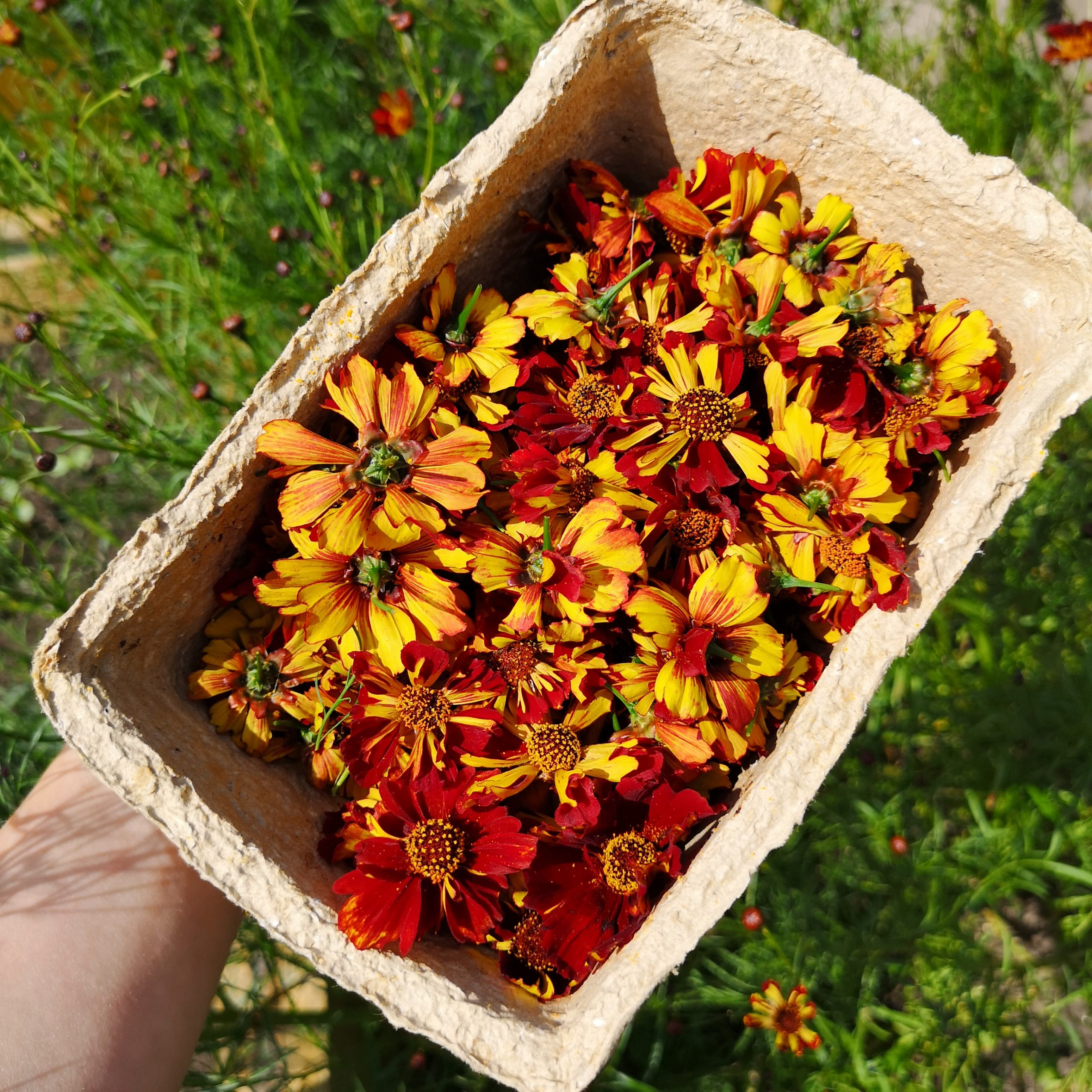
Infrastructure
Access to wool isn’t the only factor; to make local processing viable the regional infrastructure needs to be developed significantly.
Cornwall’s Natural Fibre Company is the only spinning mill in South West England, resulting in bottle necks of processing and year-long waiting lists. Ria sends her fleece to a mill in Wales, technically outside the boundaries of the South West Fibreshed – the region’s textile community, of which she is a member – but still a tiny distance compared to the standard global movement of textiles.
The Fibreshed intends to bolster local activities and support new processing initiatives. Plans for a second mill, a micro-version for a minimum order of 1kg of wool to be located on Southwest England’s Jurassic coast, are already underway.
The emergence of a thriving, dynamic local textiles movement should also amplify consumer interest in regional products.
Jen, the driving force behind Fernhill Fibres, is keen to find local buyers for her fleece: “I have lots of wool and I need to sell it, but I want to sell it properly. I don’t want it to be shipped to China like the majority, I want to find buyers in this country and for them to know what they’re getting is local, high welfare.”
Her flock is raised without chemicals, nomadically grazed on high-biodiversity pasture and traditionally blade-sheared. The fleece is used to its full potential across the farm – from building insulation to warmth for over-wintering plants and nutritious mulch for vegetables.
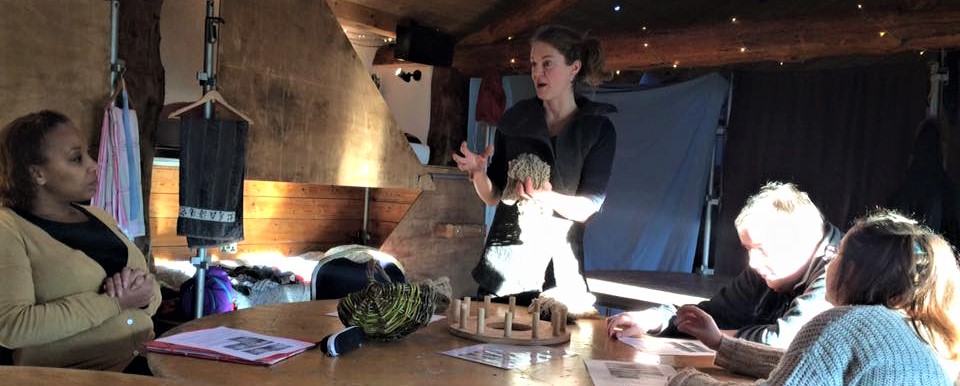
Soil and seasons
Chemical-free wool is a valuable soil improver. Ria has incorporated it into the development of her natural dye garden, a small urban plot in the middle of Bristol. She works with the landscape at every stage – from preparing beds, to the plants she chooses, to dealing with waste.
“I’m growing organically, trying to think about ways to put nutrients back into the soil as most of the crops are annual,” Ria explains. “I make my own compost and all my yarn scraps go into that as wool’s a great nitrogen source; it’s literally soil-to-soil in that respect!”
Local climate places some limitations on what Ria is able to grow, and the dyes she can produce. Nevertheless, the range and quantity she’s producing suit her purposes: with some supplemental local foraging, her brand is self-sufficient. Conditions allow successful growth of madder for red, weld for yellow, and woad and Japanese indigo for blue; and for additional flowery plants like coreopsis, dahlias and orange cosmos. “Bristol’s got a nice micro-climate, my garden’s quite hot so they do well here,” she says.
Ria’s learning to respond to the natural process in an organic way, working with the ‘native colour palette’ and impact of the season’s conditions: “What I’m learning with growing the dyes is that I have to accept I’m not going to get the same colours every year when it comes to the end product – whether it be the weather, the soil, the plants differing from one year to the next. I’m learning to embrace that and accept it’s just part of it being a natural product.” She’s happy to incorporate the changeable face of nature into her brand: “It’s built in a seasonality to the process, which is nice.”
Ria is optimistic for the future of the movement to re-localise fashion: “Hopefully the Fibreshed network will keep growing. If we start to work together as a whole UK to join the dots where there are missing bits in the regions, to share knowledge and resources – it can become a much bigger campaign for local textiles.”
See the photo gallery below for more of Ria’s work in soil-to-soil textiles
In case you missed it, here’s part 1 of this series.
More from the UK
Rewilding | What would happen if Britain’s farms were abandoned and left to nature?
‘Too good to be true’ – The UK Co-op Helping New Entrants Get Access to Land
UK | RSA Report finds ‘Our Future in the Land’ should be Agroecological
What would really happen to GHG Emissions if England and Wales went Organic?

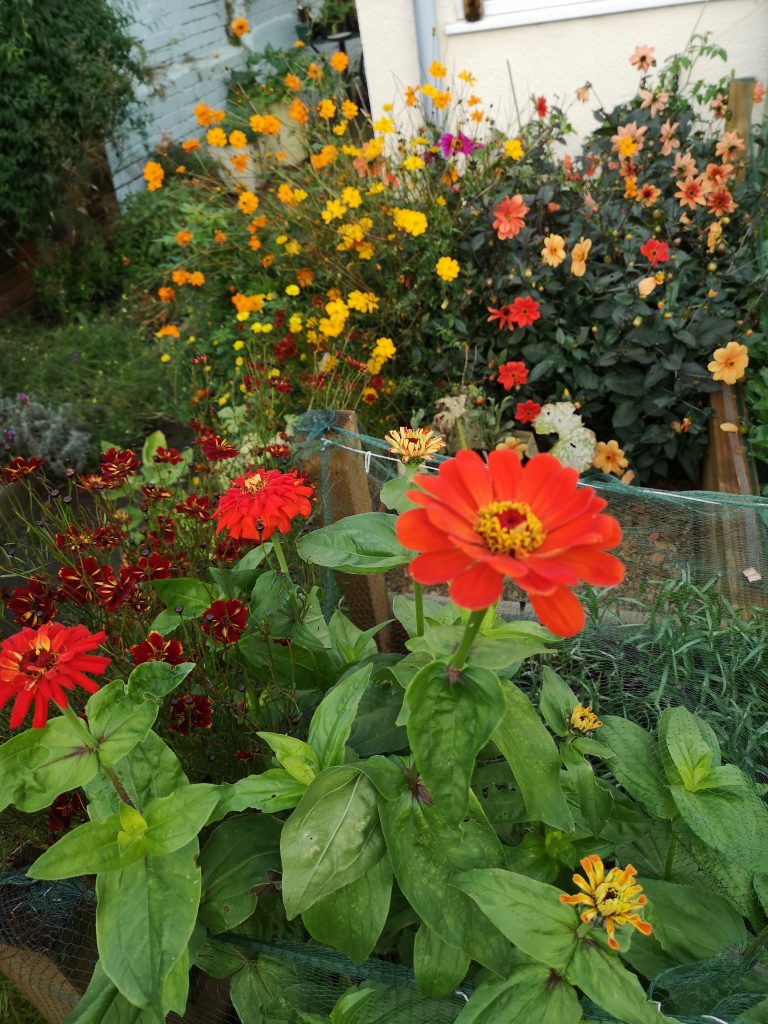
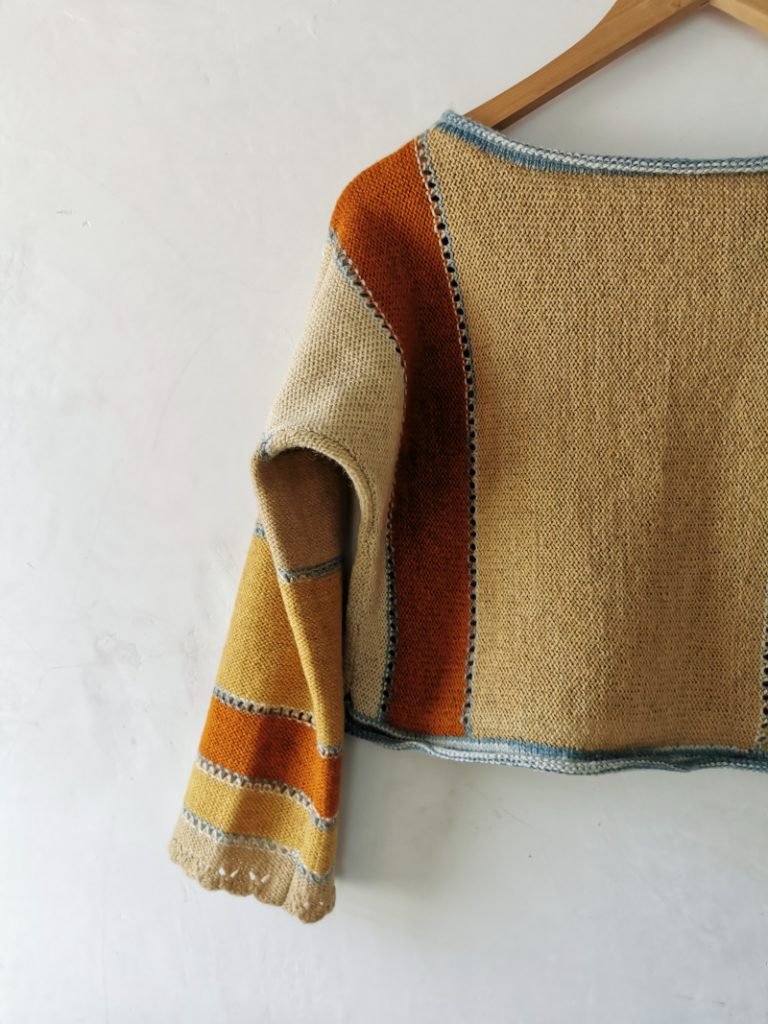
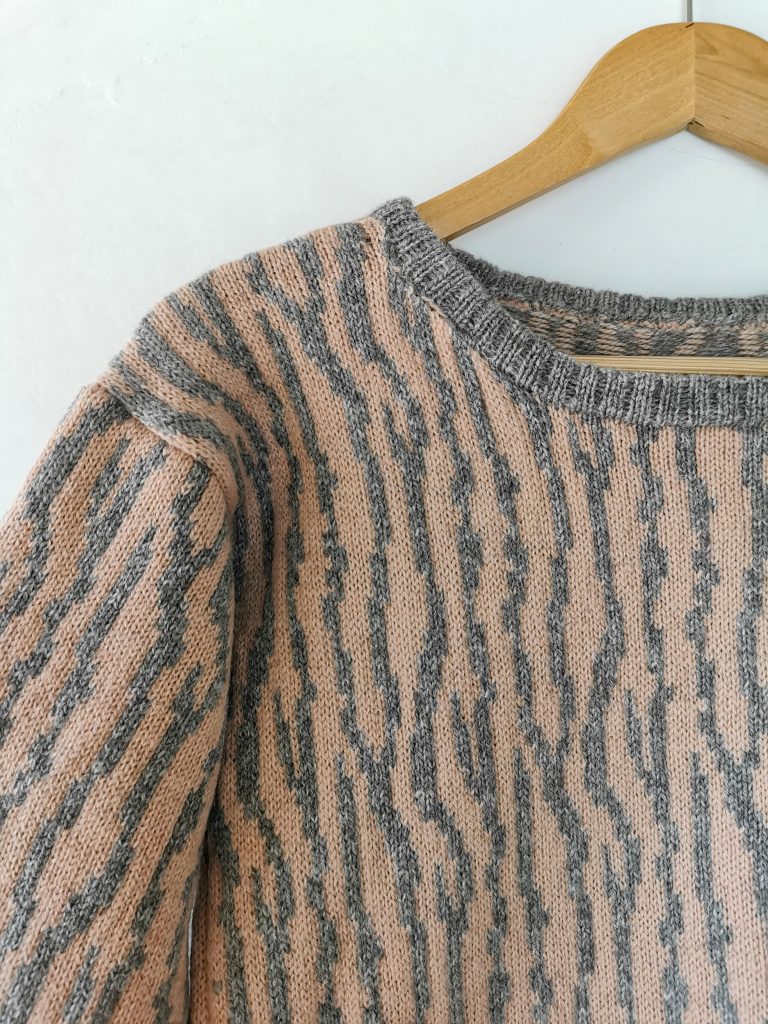
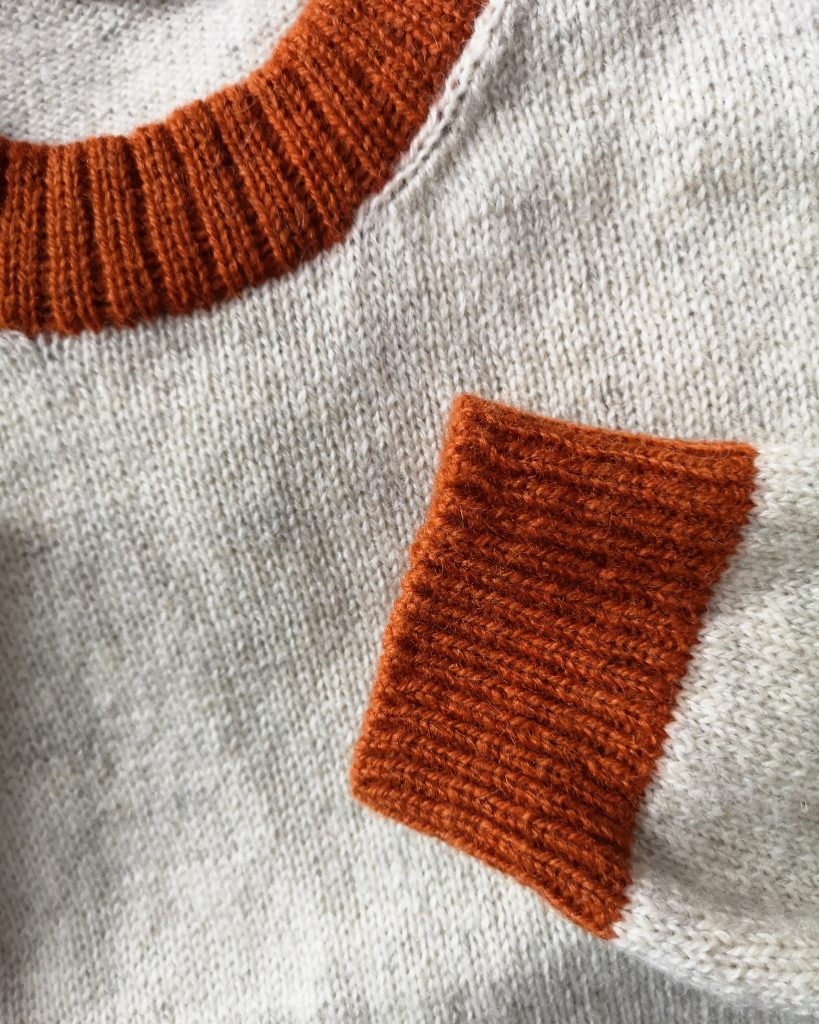



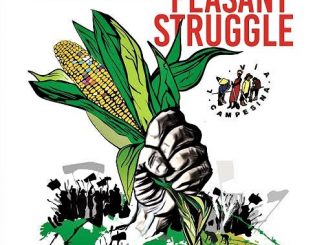

1 Trackback / Pingback
Comments are closed.